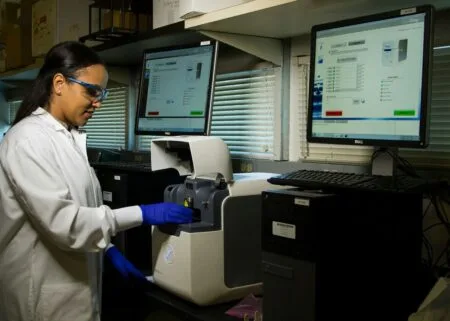There has been a decline in collaboration between smaller companies and in R&D investment in some EU Member States, according to the latest edition of the European Innovation Scoreboard (EIS).

While the EU’s innovation performance has made steady long–term progress, increasing by 12.6 percentage points since 2018, the EIS 2025 has highlighted an urgent need to “modernise Europe’s Single Market and supply chains to remain globally competitive,” said EC vice-president Stéphane Séjourné.
“The decline in SME collaboration and R&D investment in some Member States is a red flag. We must simplify regulations, boost cross-border digital infrastructure, and foster partnerships between startups and established businesses to unlock Europe’s full potential. Innovation is not just about technology – it’s about creating ecosystems where ideas thrive and scale,” he said.
The latest edition of the EIS reveals significant shifts in national innovation performance, says the Commission. Thirteen Member States improved their score since last year, with Malta (+7.6 points) and Luxembourg (+5 points) seeing the largest gains. Since 2018, all EU countries have boosted their innovation performance, although progress varies from 0.9 points in Luxembourg to 30 points in Estonia. Other key findings include:
- Sweden reclaims its position as the EU’s top innovator, with a 12.9 percentage point since 2018, driven by advancements in lifelong learning, business Research and Development (R&D) expenditure and cloud computing.
- Ireland now leads the Strong Innovators group. Since 2018, its performance has grown by 13.3 percentage points, with strengths in cloud computing, production-based CO2 productivity and SME collaboration.
- Croatia moves up to the Moderate Innovators group after a remarkable 19.4-point increase since 2018.
Nevertheless, the newly published 2025 EIS and Regional Innovation Scoreboard (RIS) show a slight declined of 0.4 points between 2024 and 2025, says the Commission.
The regional scorebaord reveals an uneven regional landscape, with long-term improvements and a narrowing innovation gap between the top and bottom-performing regions. However, disparities between Northern and Southern Europe persist.
Overall, 233 out of 241 regions improved their innovation performance from 2018 to 2025, with an average increase of almost 12 percentage points. However, 82 regions recorded a decline between 2023 and 2025. Northern and Western Europe dominate among top-performing regions. Central, Eastern, and Southern Europe continue to catch up, although some regions perform above the EU average, including Praha, Catalunya/Cataluña, País Vasco/Euskadi, Comunidad de Madrid, Comunidad Foral de Navarra and Comunitat Valenciana.







